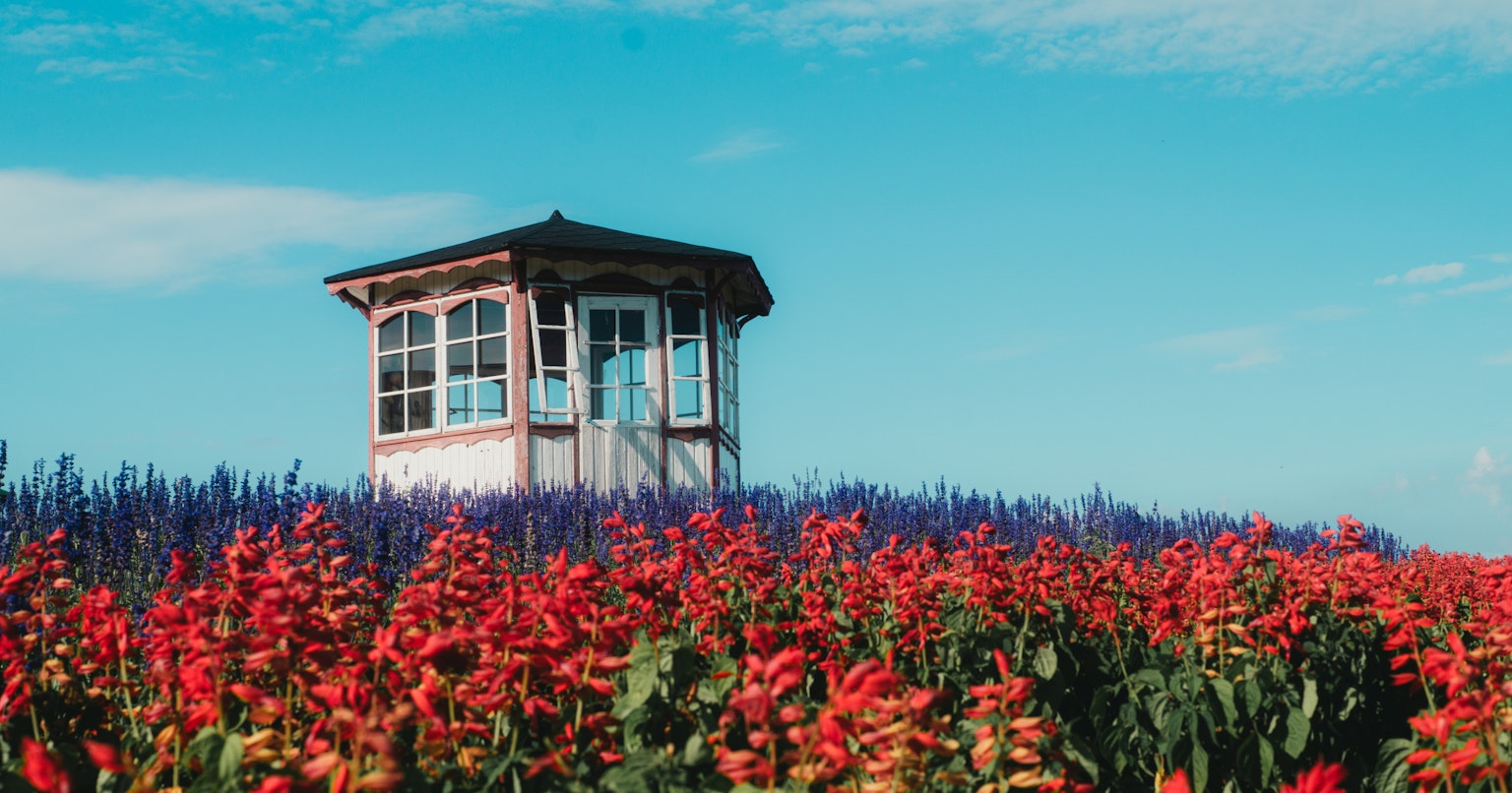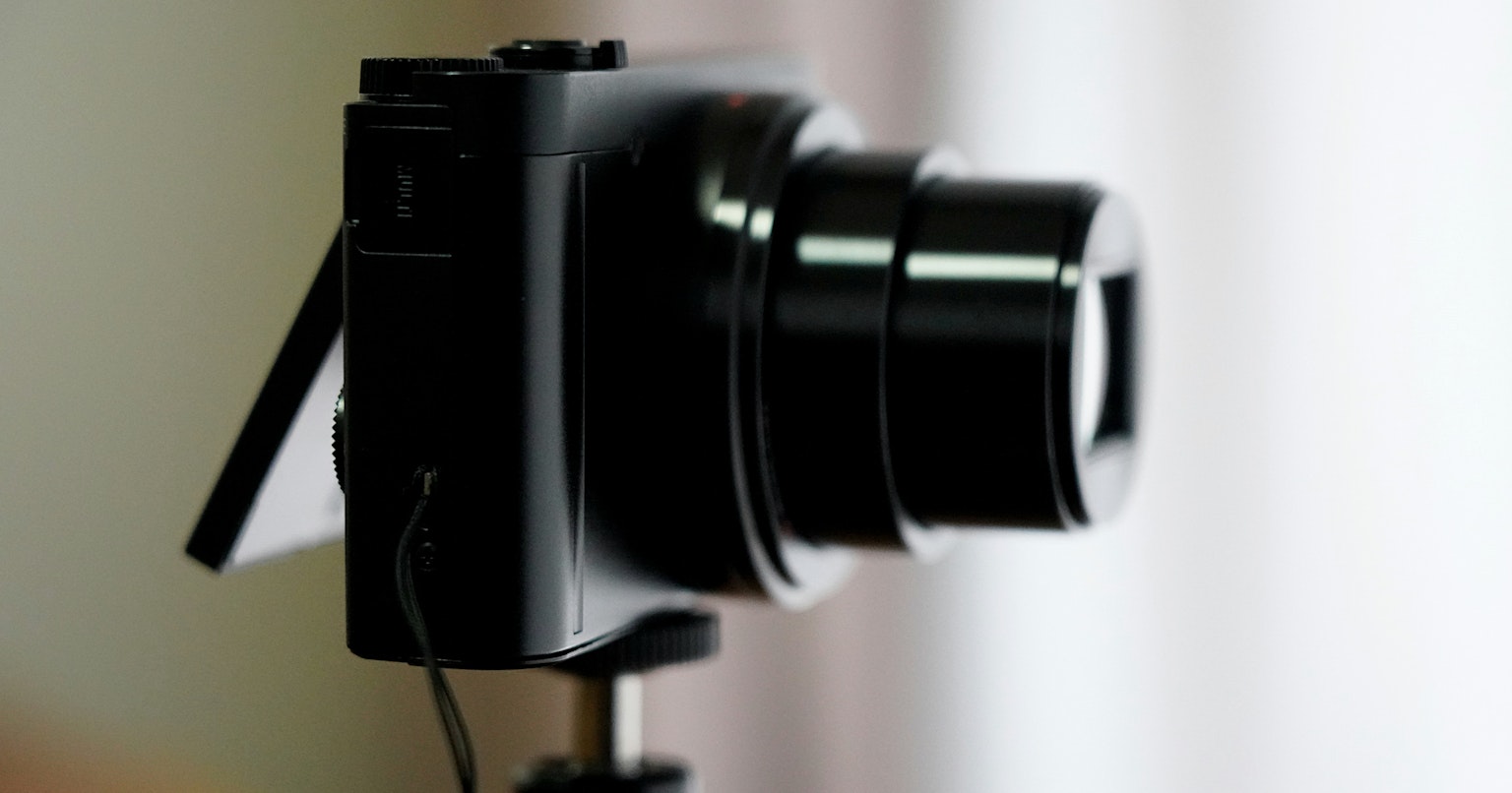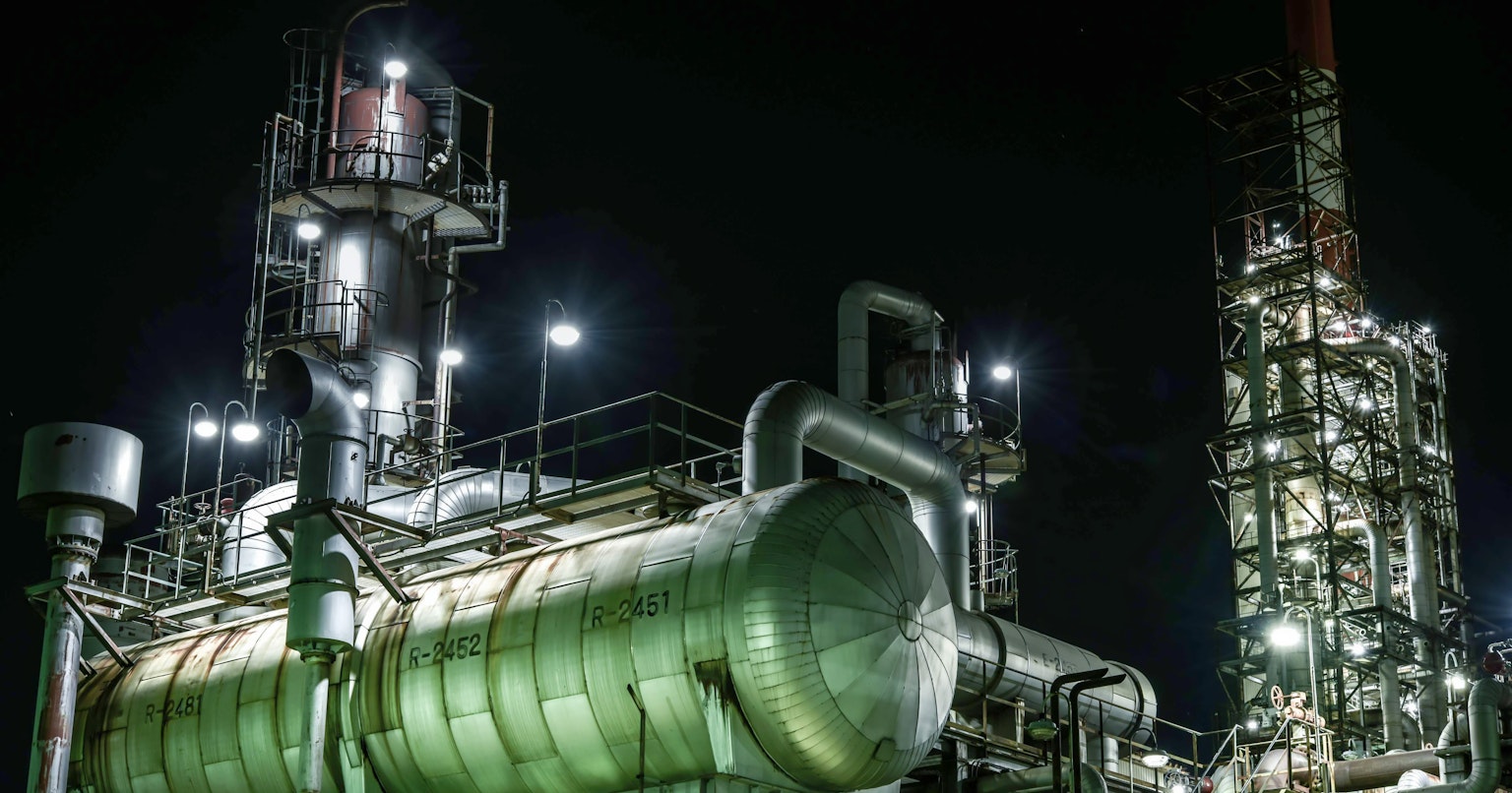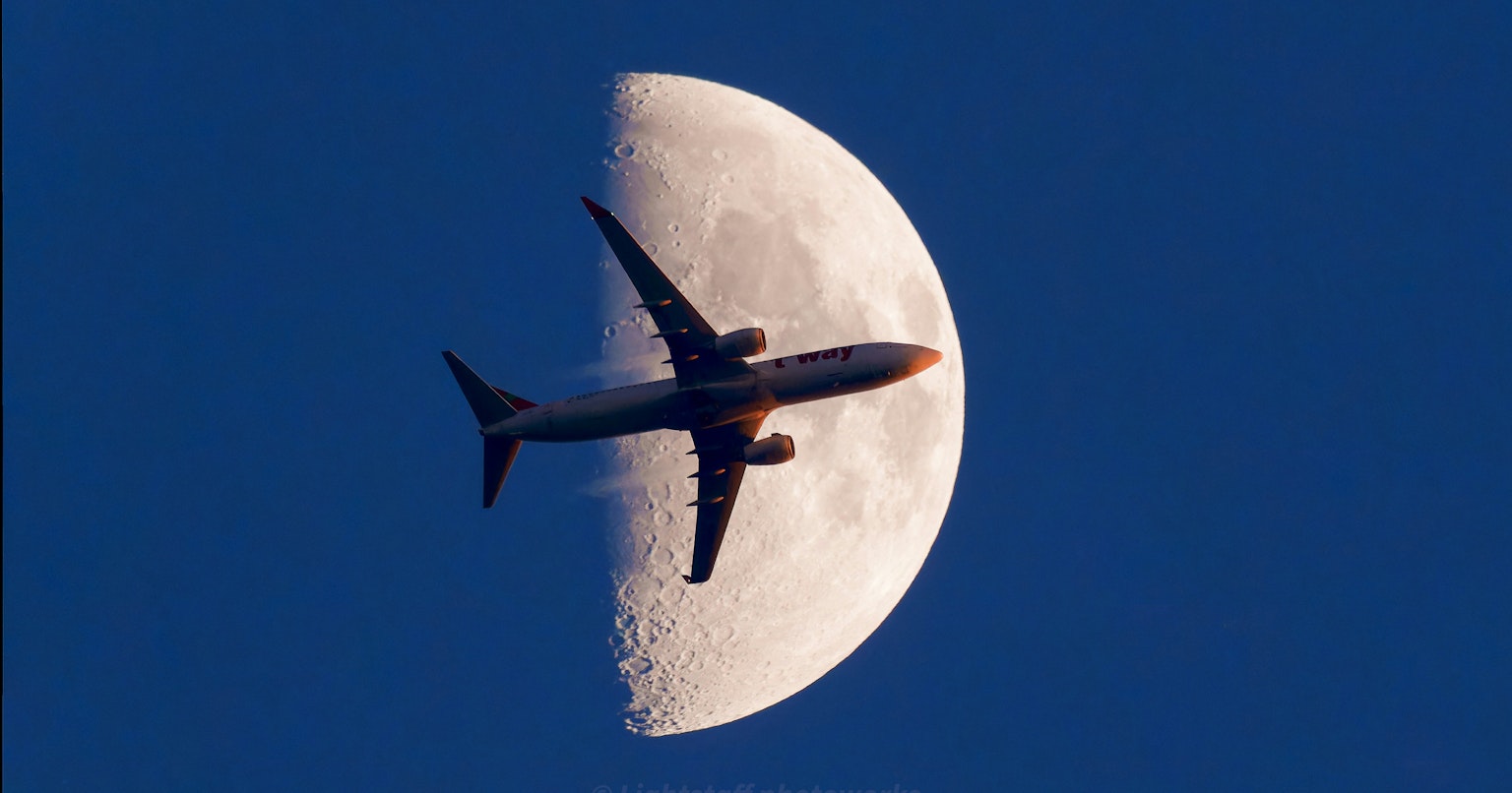
Cover Image by lightstaffphotoworks
Have you ever seen a photo where the background, which should be far away, seems to be closing in on the subject in the foreground?
This phenomenon is known as the compression effect, where distant backgrounds appear closer, and the distance between the subject and the background feels compressed. By using a telephoto lens, you can harness this effect to add impact and depth to your photos.
This time, we will introduce the principles of the compression effect and how to apply it in actual photography.
What is the Compression Effect?
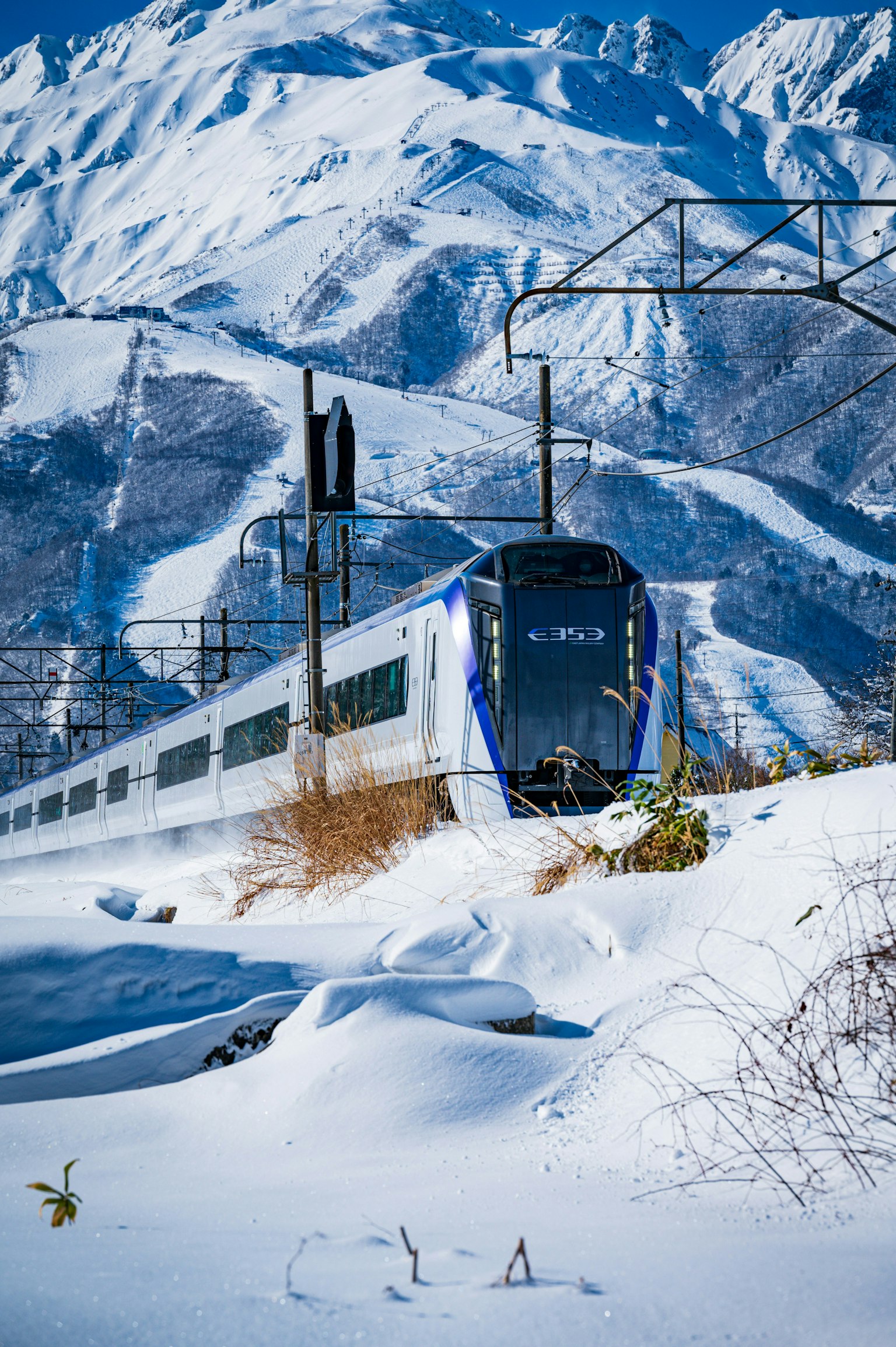
Image by tomokun0102
The compression effect arises from the relationship between the lens focal length and the distances between the camera, subject, and background. When shooting from a distance using a telephoto lens, the background appears to be drawn closer, and the subject and background feel compressed. This emphasizes the background and highlights the contrast with the subject, adding impact to the entire photo.
Mechanism of the Compression Effect
The compression effect is created not by the focal length of the lens itself, but by the relative distance changes between the camera, subject, and background. By shooting from a distance and using a lens with a longer focal length, the background is compressed, making the distance to the subject appear shorter.
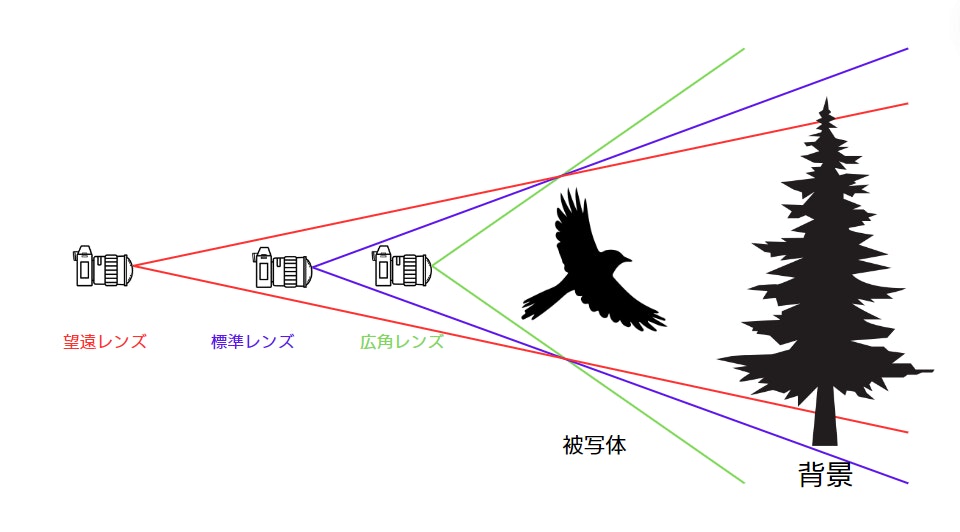
As shown in the above diagram, each camera lens has a different angle of view. Generally, wide-angle lenses with shorter focal lengths have a wider angle of view, while telephoto lenses with longer focal lengths have a narrower angle.
Typically, closer objects appear larger, and distant objects appear smaller, known as perspective. However, due to the angle of view relationship, telephoto lenses can also capture larger images of backgrounds. As a result, the sense of perspective diminishes, leading to differences in appearance as shown in the diagram below.
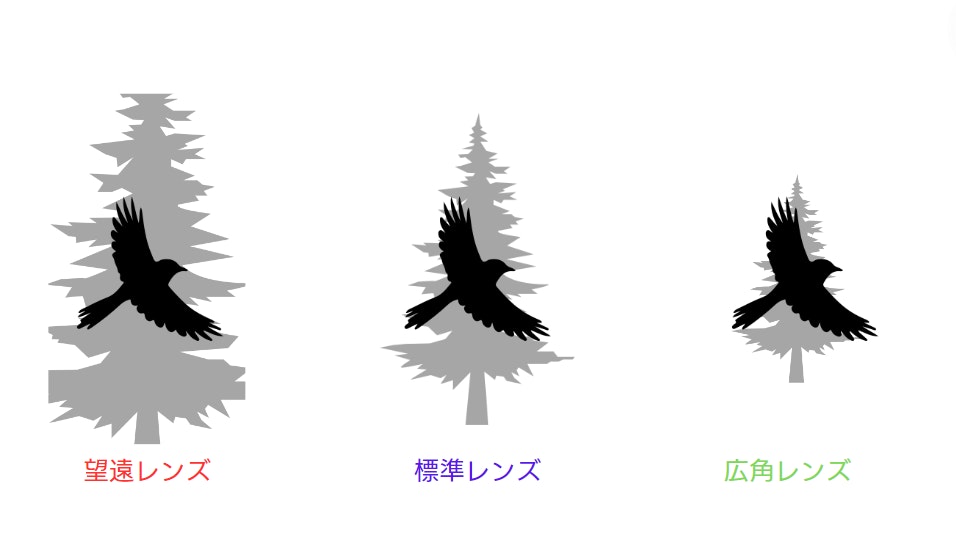
It is possible to create a compression effect with standard or wide-angle lenses, but cropping is necessary. Be aware that this may result in a decrease in image quality.
Practical Application of the Compression Effect
Let's look at some more examples of photos utilizing the compression effect.
Building Landscapes
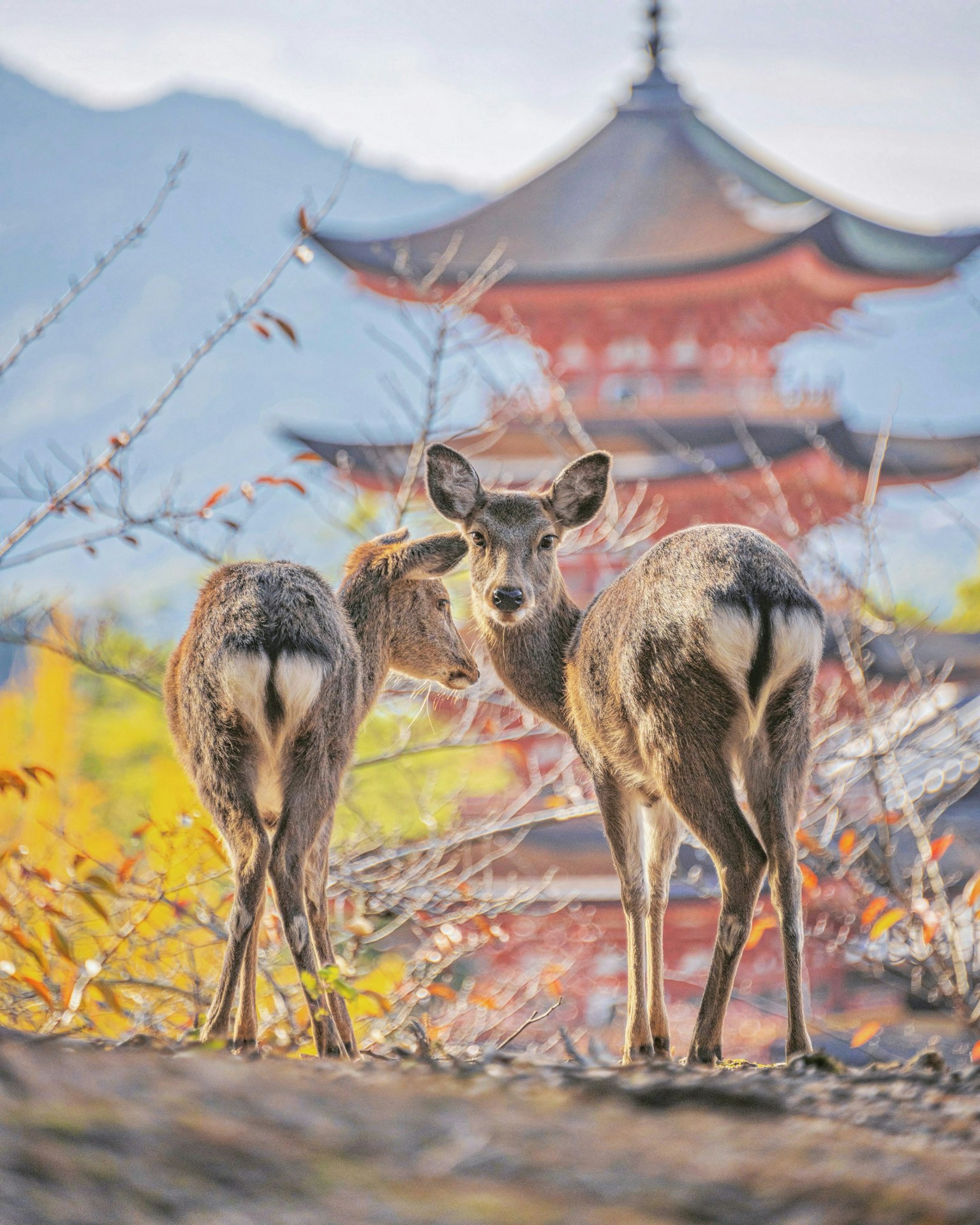
Image by sukko
To make the most of the compression effect, it's important to be aware of the distance between the subject and the background. It is particularly effective in landscape and portrait photography, making the background appear larger and more impactful. While mountain landscapes are often used as backgrounds, tall buildings or towers, as in this photo, can also be effective.
Flower Fields
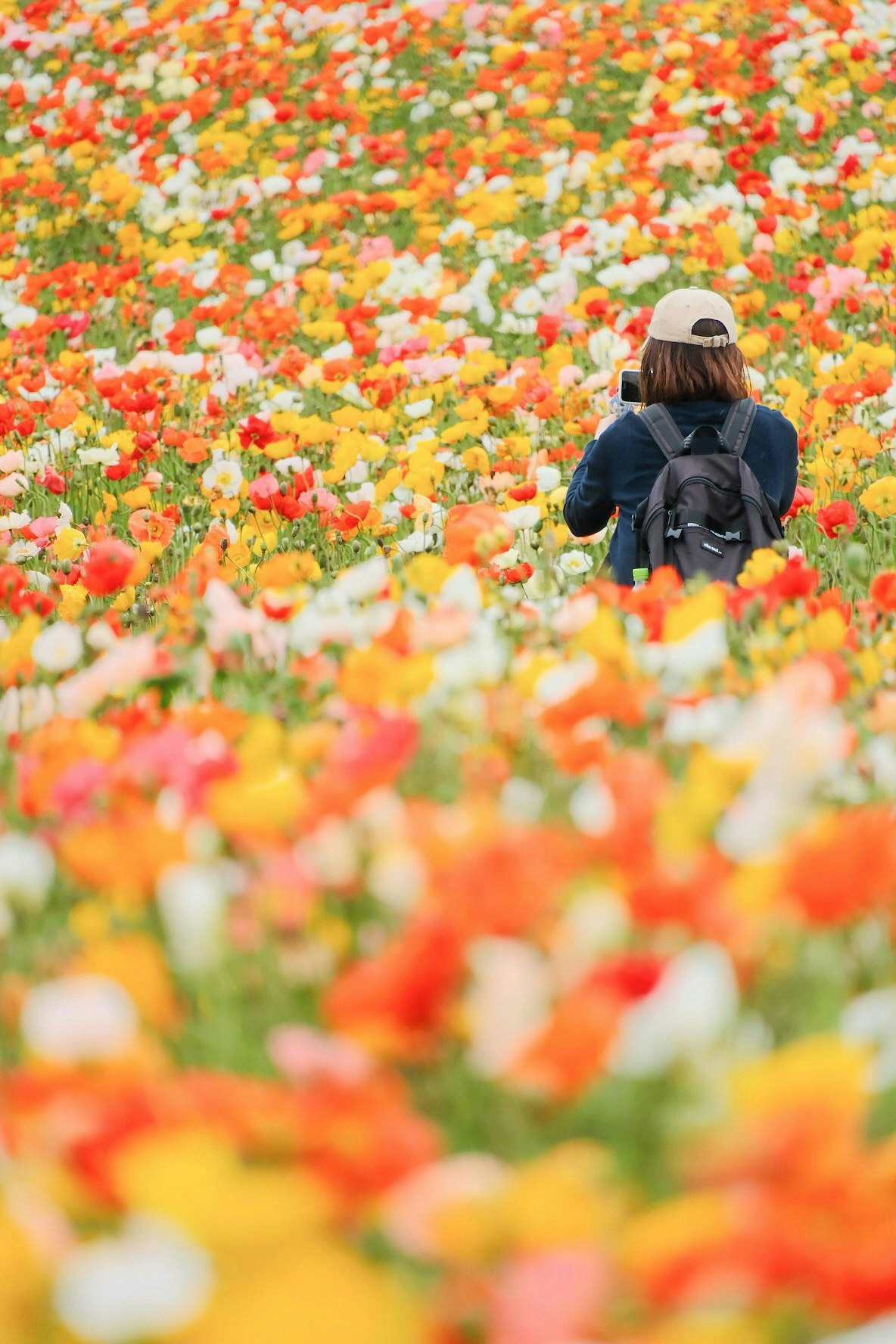
Image by ricky
In a field of flowers, the compression effect can enhance the sense of density. When a person is the subject, it can create the impression that they are buried in the flowers.
Using the Moon
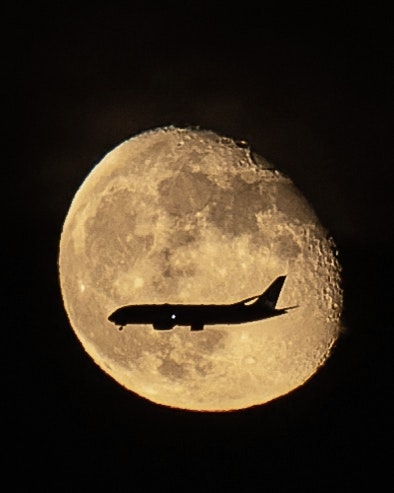
Image by yanma222
The further the distance between the subject and the background, the stronger the compression effect appears. Using the moon can dramatically enhance this effect. It might be worth trying to capture some fantastical photos.

